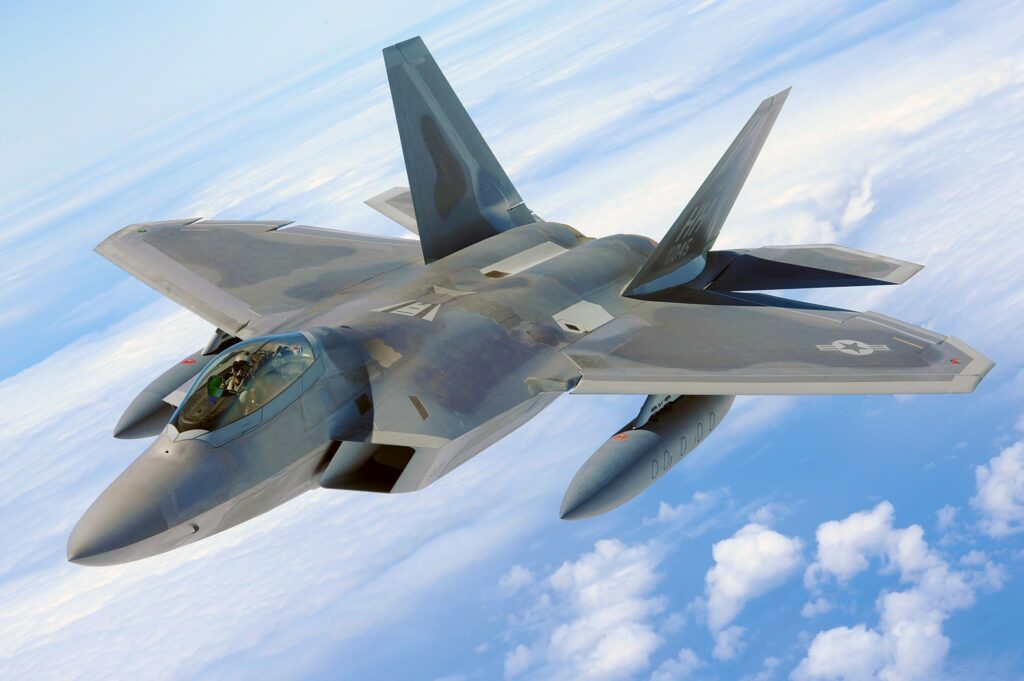What once attracted some of the best talent to the big tech companies might be the very thing that is driving them away: a shift in culture. Technology companies have famously built their employer brands based on strong, supportive environments. However, with the mass recent layoffs – to the tune of over 150,000 people over the last year according to a layoff tracker – candidates are reevaluating their career values and what they are looking for in their next company.
According to TechCrunch, many tech professionals find themselves at a crossroads. They are looking for a stable, reliable job at an organization that still allows room for creative solutions while supporting meaningful missions.
So What Does this Mean for the Uniquely Positioned Aerospace and Defense Industry?
The defense and aerospace industry is generally regarded as recession-proof. But in order to compete for this newly available talent, the story must be stronger than that. The qualities that help keep this industry stay stable – pre-authorized budgets, program-centric operating models, functional process discipline, and adherence – can be seen as weaknesses for tech candidates looking for more room to be creative. However, with so much available talent in tech reevaluating their careers, this is a prime opportunity to shift perspectives.

What Aerospace and Defense Leaders Have to Offer Tech Talent
Cutting-Edge Technologies
Working in A&D can provide the satisfaction of contributing to critical national and global security missions. Workers take pride in knowing that their work is contributing to national security and protecting the country and their families. Additionally, the breakthrough technologies that come out of the A&D sector are often led by military or public need, not consumer demand.
Innovations like the personal computer and the foundations for the modern internet can be traced back needs in the Federal Government. Today’s technology and commercial talent is well positioned to consider both the risks and opportunities of new innovations in earlier stages. They could be exactly what A&D leaders need to develop the next technologies with global impact.
“Every key underlying technology in the iPhone was developed with support from the American government,” says a case study from American Compass.
High Impact Work
Aerospace and Defense may not be developing the next trendy consumer app or digital consumer experience like the traditional startups we think of in Silicon Valley. However, A&D has been at the forefront of technological innovation for decades. In addition to demand for the on-the-ground physical tools needed to support global conflicts like in Ukraine, the need for highly advanced cyber and software technologies is also growing.
“Now, however, hardware is often secondary to, or on par with, the software that controls almost every aspect of its operations. The complexity of the software in aerospace systems is becoming increasingly exponential, too: it is almost doubling every four years—and has been for at least five decades,” says a recent study by McKinsey.
The Aerospace and Defense industry continues to evolve its investment priorities to meet the global national security risks and increase the use of alternative fuels by 2035. Some of these priorities have limitations including cost, timing, and supply issues—but talent from the commercial and technology sectors are well-practiced in finding creative solutions to meet a wide variety of challenges. Leveraging this talent to build out A&D teams could help leaders find solutions they may not have considered otherwise.
Diversity of Thought
Aerospace and Defense leaders are now in the unique position to strengthen their teams with more diverse and innovative thinking that often comes from talent in commercial and technology sectors. Tech candidates can bring skills and competencies which are aligned to most innovative defense priorities which are not as well served by the existing talent pool.
In March of 2021, the Rapid Response Technology Office (RRTO), which helps the Department of Defense engage with small and non-traditional companies to develop new ideas, published its Global Needs Statement. This articulated a variety of needs across areas including artificial intelligence, biotechnology, cyber, network command, communications and control, quantum technology, and more.
As aerospace and defense companies get more comfortable leveraging tech-like talent – either through outside companies or new, in-house talent – they can become leading disruptors in the market.

Healthy Budgets and Stability
A&D is experiencing even higher levels of funding right now as the government looks to bolster support for security at home and ensure freedom abroad, including support for Ukraine and Taiwan. According to Defense News, the US defense budget has increased 8% this year over fiscal year 2022, adding $45 billion to the defense budget proposal.
With the technology and commercial sectors currently facing uncertainty about future growth and talent needs, A&D is well-positioned to weather a potential recession. Budgets remain strong to fund a growing variety of needs including both international conflicts and the growing needs to strengthen cyber safety.
With the right talent acquisition plan and the ability to nurture teams into the future, A&D can offer candidates mission-focused, high-impact roles while getting diverse thoughts and creative solutions in return.